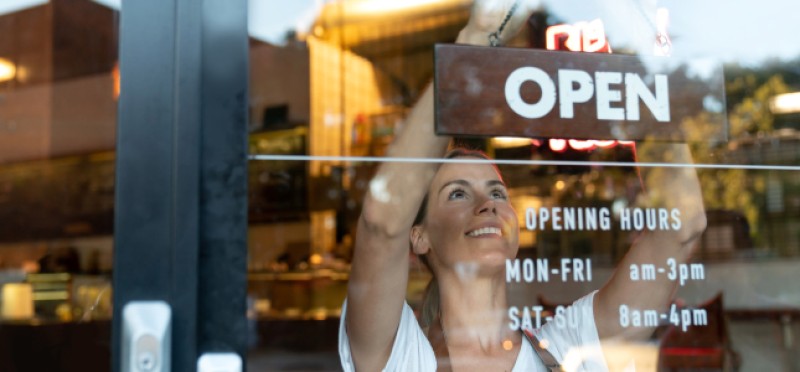The so-called “retail apocalypse” wasn’t the doomsday that many foretold, but the aftershock is still being felt. In 2019, year-to-date, 5,399 U.S. retail stores have closed while only 2,396 have opened, according to findings from Coresight Research. Even though that’s fewer openings than last year the remaining retailers are shaping up to be unique to previous generations. As with every extinction event, life survives and eventually thrives again.
In an effort to reinvent themselves, many brick-and-mortar businesses are engaging in experiential store designs and hands-on interactions to create new brand experiences. As e-commerce threatens the stability of traditional retail, survival is about being different.
A new age for customer engagement in retail
The winners of 2019 will be retailers who understand the moments that matter to their customers. One such way is innovators shifting over to experiential retail. Experiential retail is a method of store design that focuses on creating memorable, interactive, and unique moments inside of a physical space. With e-commerce giants like Amazon selling practically everything with breakneck speed, outlets need to create shopping environments that offer something that makes them stand out. Here’s what we can learn from three organizations that are proving retail is far from dead:
1. Levi’s: Late last year the clothing retailer opened its Times Square store, an area where shoppers can experience denim both tangibly and digitally. The location offers on-site tailor and printing devices to hem and customize jeans, providing a high level of personalization all in one place. And after enjoying the store, roaming associates can quickly help shoppers check out on their mobile device.
An innovative feature of the store is a piloted virtual reality (VR) experience where users can preview the NYC site from the comfort of their device. VR is increasingly being used by retailers who want to provide the same physical retail experience to shoppers who cannot make it to brick-and-mortar locations.
Key takeaway: Even if the focus of experiential is a reformed shopping environment, try to make it accessible to everyone through technology.
2. Samsung: The tech giant has based its interactive principles on creating immersive moments where a customer could walk into a store and experience a product firsthand. To celebrate a decade of Galaxy devices, it opened three “Samsung Experience Stores,” where customers can receive hands-on moments with various devices and educate themselves on the company’s newest products.
The stores were created to be a fun experience where users can utilize augmented reality tools like emoji scanning or relax in the designated gaming areas.“Our new Samsung Experience Stores are spaces to experience and see Samsung technology brought to life, to empower people to do what they never thought was possible before,” stated YH Eom, Samsung’s President and CEO of Electronics America, in a press release.
Key takeaway: The modern retail experience should be fun and interactive, but it can also serve as an educational space to inform the public of your products and brand values.
3. Casper: E-commerce brands are also dipping their feet into the physical world, mainly with pop-ups and featured events. Casper, the up-and-coming e-commerce mattress brand, has made headway as an expert on sleep and wellness.
Casper’s “Dreamery” is a space in New York City where people can book 45 minutes to rest and recharge (PJs and refreshments included) in special pods designed by Casper. It represents an authentic approach to bring others into the brand’s area of specialization--inthis case sleep--outside of the store environment.
Key takeaway: Experiential retail moments can be successful without a person ever buying a product.If they can walk away with positive memories, they will be more than likely to recommend or share the experience with others.
Survival of the Fittest
As these examples illustrate, the future of brick-and-mortar depends on delivering greater value to the customer and exceeding expectations. Other examples include making social and environmental contributions more transparent, incorporating seamless digital with in-store interactions, or providing educational programs about products. In other words, every channel—whether it’s digital or in-store—is an opportunity for brands to create standout experiences that resonate with customers.















